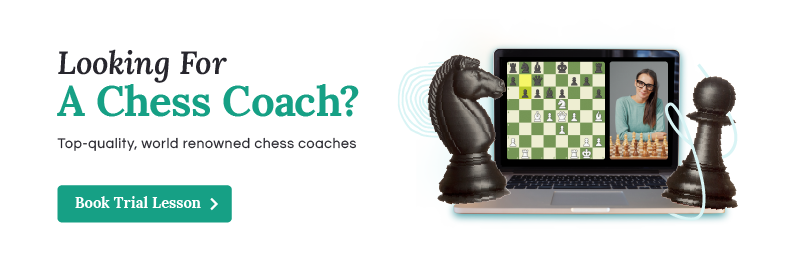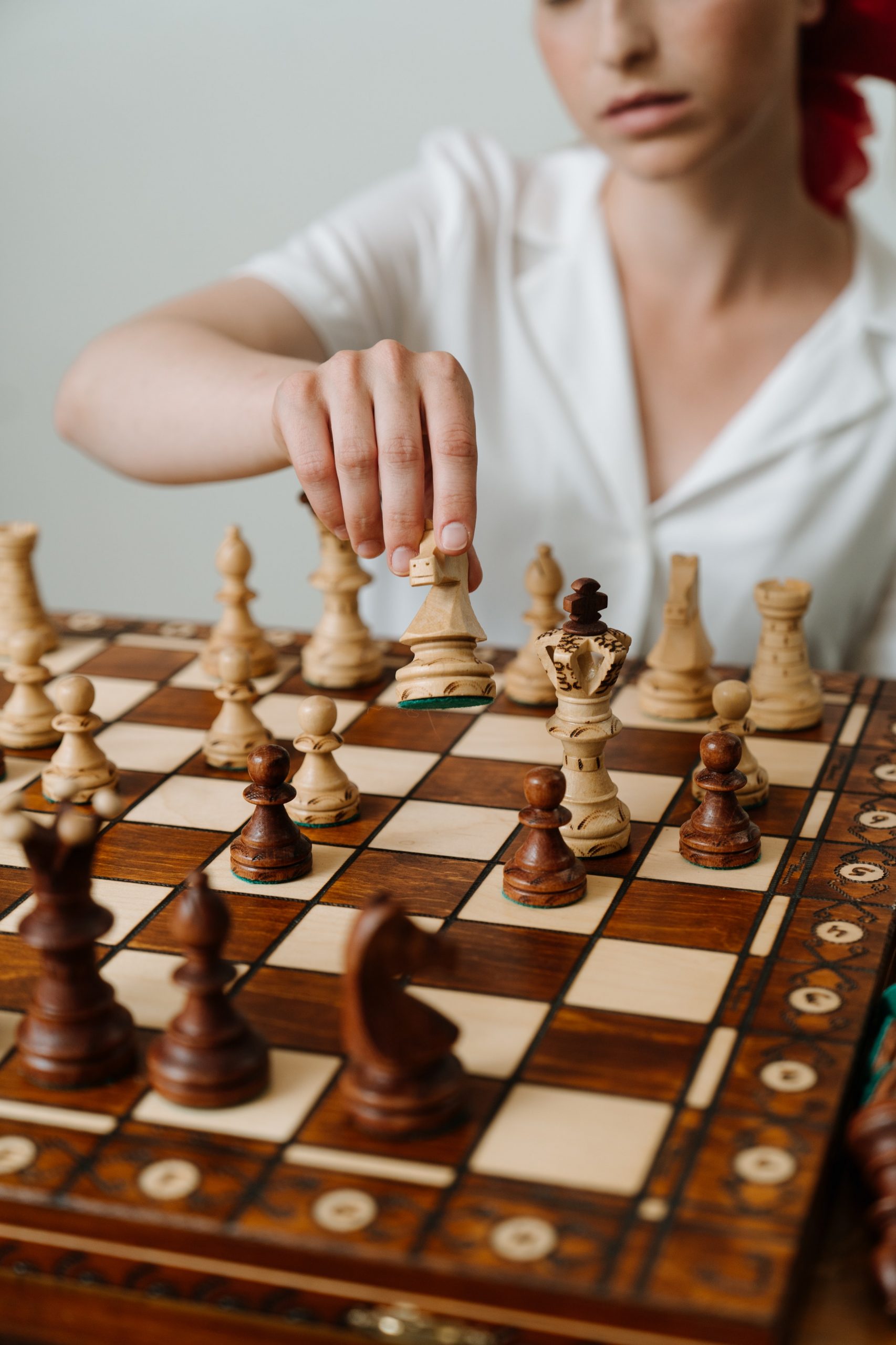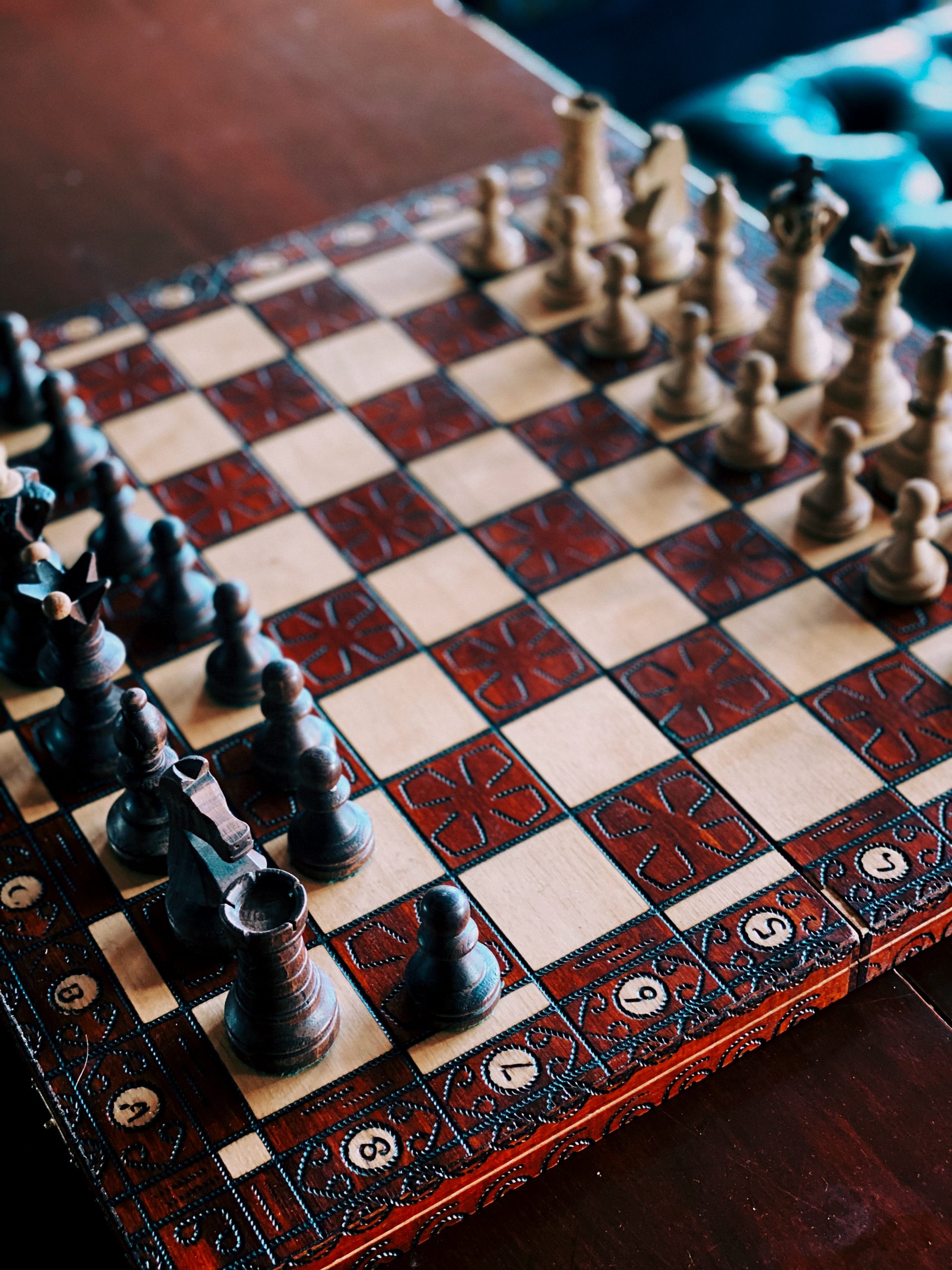How to Get Better at Chess: Best Chess Openings for Beginners
Playing chess is a challenging undertaking, and the best chess players in the world (i.e., Magnus Carlson) know all the best chess moves and modem chess openings.
The opening moves of a chess match can literally win or lose you the game. Unfortunately, for beginning players, chess openings are often when things go awry.
The opening of a chess game establishes your early plans and sets the stage for the fight for the board. If you don’t know the openings and their counters, a beginning chess player can rapidly find themselves at a disadvantage.
Top Chess Courses
Meet Amphy
The largest marketplace for live
classes, connecting and enriching
humanity through knowledge.





